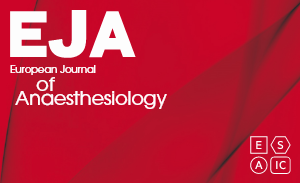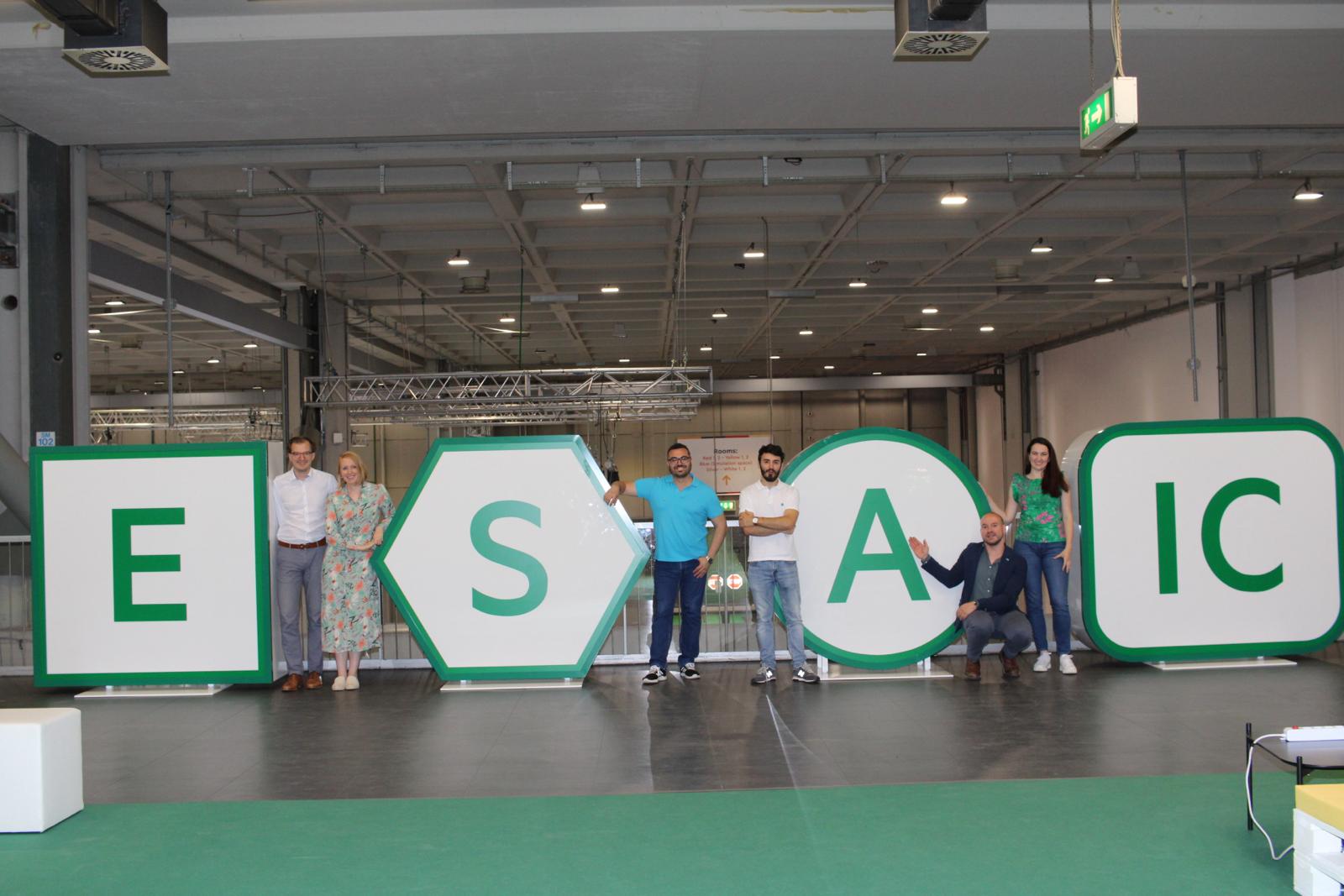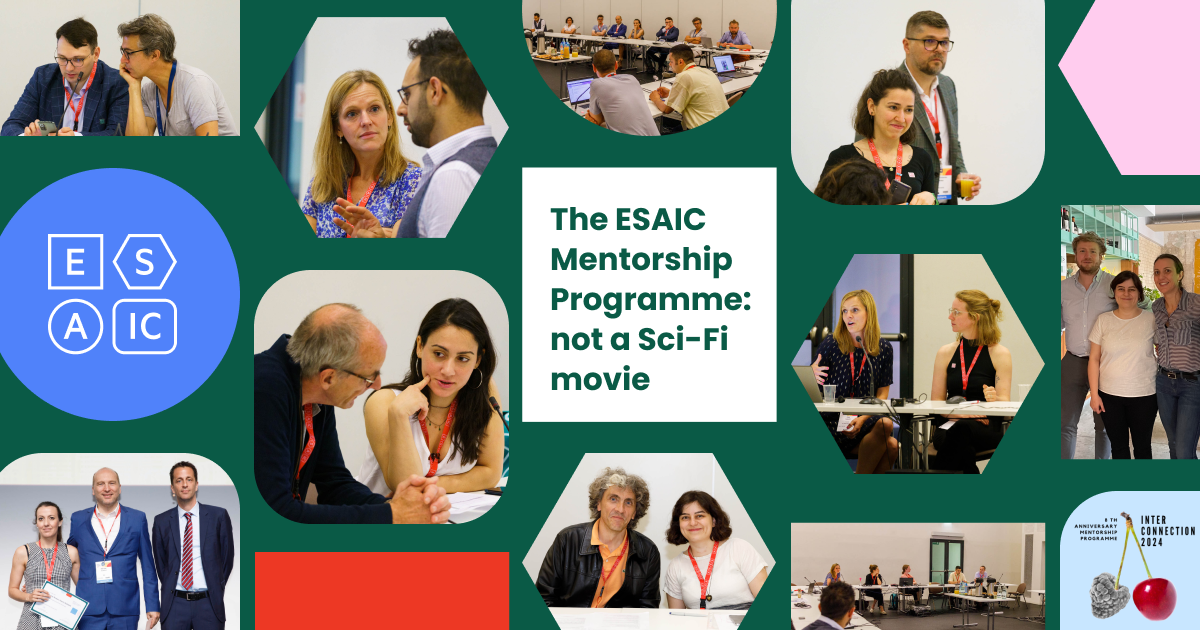ESAIC News
EA20 Newsletter: Session ESAL2: European Journal of Anaesthesiology: a new team for a new project

In this session, Professor Marc Samama (Cochin Hospital, Assistance Publique – Hôpitaux de Paris, France) will introduce the new editorial team for the European Journal of Anaesthesiology (EJA), which will include himself and range of other familiar names to delegates: Nicolas Bruder, Michelle S. Chew, Patrice Forget, Tom G. Hansen, Dan Longrois, Anne-Claire Lukaszewicz, Esther Pogatzki-Zahn and Marc Van de Velde.
The EJA is the official journal of the European Society of Anaesthesiology and Intensive Care (ESAIC, formerly ESA). It is a leading journal with the 7th position among Anaesthesiology and Pain journals (2020) in the Web of Science Citation Index Platform. The mandate of the former editorial team (Editor-in-chief Matin Tramèr, deputy-editors-in-chief Walid Habre and Bernard Walder) has come to an end in September 2020 after more than 10 years.
Professor Samama will pay tribute to his predecessors, noting that, thanks to a rigorous editorial policy with strict initial triage, professional reviewing, statistical and language editing, the implementation of the recommendations of the International Committee of Medical Journal Editors (ICMJE) for all manuscripts and adherence to international guidelines on adequate data reporting, the Geneva team has taken the impact factor from 1.4 to 4.5. “On behalf of all ESAIC members we would like to express our gratitude for their efforts,” says Professor Samama.
He continues: “Our new team has now taken over with the goal of especially increasing the focus on intensive care medicine (ICM) and perioperative medicine topics, as requested by the Board of Directors of the ESAIC and the current President, Prof. Kai Zacharowski. The content will be developed strategically to emphasize the link between anaesthesia, perioperative and intensive care medicine. Critical emergency medicine and pain are also to be developed in the journal.”
In this regard, eight Deputy Editors-in-Chief have been nominated: three (Prof Nicolas Bruder, France; Prof Michelle S. Chew, Sweden, and Prof Anne-Claire Lukaszewicz, France) are specialised in intensive care and perioperative medicine. Prof Dan Longrois from France is well known for his knowledge in methodology in anaesthesia and intensive care. Prof Patrice Forget, UK, is mainly involved in clinical pharmacology and perioperative epidemiology. Prof. Esther Pogatzki-Zahn, Germany, is an anaesthetist and a leading pain specialist. Prof Marc Van de Velde, Belgium, is a leading specialist in obstetric anaesthesia and paediatric anaesthesia. Finally, Prof Tom G Hansen, Denmark, is also a leading specialist in paediatric anaesthesia.
Eight associate-editors, four language editors, two methodology, statistics and epidemiology editors, a book review editor and a new journal manager are also part of the group. In total, the EJA tasks are now performed by 25 highly motivated professionals.
Prof Samama will also make the exciting announcement that this same new editorial team will also launch a brand new journal as of early 2021. The title will be ‘European Journal of Anaesthesia and Intensive Care (EJAIC)’. It will be a 100% Open Access journal. He explains: “This new journal will consider all scientifically sound manuscripts which cannot be accepted for publication in EJA because of limited space. Basic science with experimental studies and intensive care medicine manuscripts may thus have an additional opportunity to be published. The same EJA editorial team will manage EJAIC.”
In summary:
- One editorial team for two journals, a shift towards increased perioperative and intensive care medicine content with better and enhanced showcasing of the broader areas under the responsibilities of anaesthesiologists in alignment with the strategy defined by the ESAIC Board of Directors.
- Improved visibility and recognition of EJA.
- Development of an open-access journal, the EJAIC.
Read More of our special newsletter covering our virtual congress
Visit our COVID-19 Resource Hub for other news and resources.










